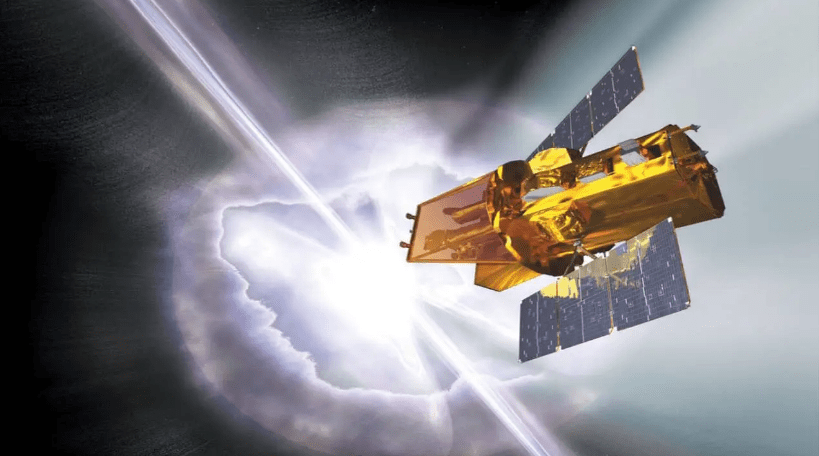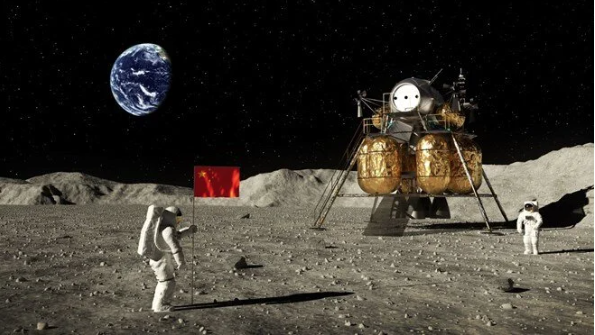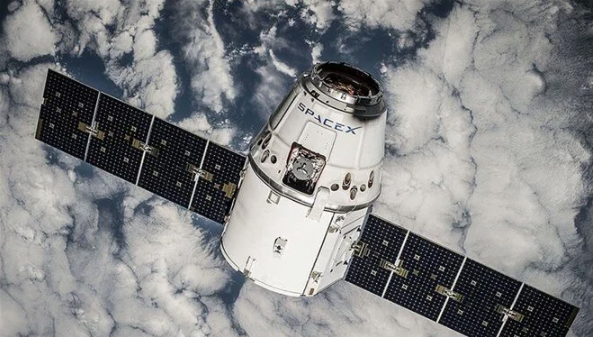NASA pulled off the unthinkable last month. The Direct Asteroid Redirection Test, or DART, was initially announced in 2019. In 2019, the plan eventually materialized, and to thunderous cheers, NASA rammed a spacecraft into an asteroid. NASA’s DART project has achieved success two weeks after the initial impact.
After NASA released video of the DART spacecraft colliding into Dimorphos, a moonless asteroid orbiting a bigger asteroid, many people had already declared the mission successful. NASA’s DART mission was designed to alter the moonlet’s orbit, even only slightly. Additionally, Dimorphos’ almost 12-hour orbit had changed by 30 minutes two weeks after the impact.
This week, the agency successfully shifted an orbit thanks to its DART mission. “We must all take action to safeguard our world. Bill Nelson, the administrator of NASA, observed, “After all, it’s the only one we have. This mission demonstrates NASA’s ongoing efforts to be prepared for whatever the universe may bring. The success of NASA’s DART mission may encourage other space organizations to develop comparable systems.
This just in: The #DARTmission impact is confirmed to have changed the orbit of moonlet Dimorphos around its asteroid Didymos.
For the first time ever, humans changed the motion of a celestial object. More details: https://t.co/aQj8N7fnuV pic.twitter.com/NLR6AqEcaO
— NASA (@NASA) October 11, 2022
Dimorphos’ orbit changed from its previous 11 hours and 55 minute orbit to one that was 11 hours and 23 minutes long. NASA did note, however, that there is a margin of error in place that might modify that time by more or less than two minutes. Even yet, the nearly 30-minute shift is a major accomplishment for NASA’s DART project, especially in light of the fact that the previous record was 73 seconds or more.
With thousands of asteroids speeding past our planet each year at deadly speeds, asteroids pose a persistent potential threat to humanity and Earth. The dinosaurs are thought to have been wiped off by an asteroid impact millions of years ago, which also brought about a global tsunami, even though none of the dangerous asteroids, which NASA has classified as “possibly hazardous,” have come close enough to raise worries.
NASA and others have been researching strategies to respond to these hazardous asteroids in an effort to prevent humanity from suffering a similar fate. Asteroid monitoring systems are being built by some nations, including China. However, the accomplishment of NASA’s DART mission demonstrates that humans aren’t completely powerless. But if we ever find ourselves in a situation like that, we’ll need to act quickly because it can take so long for the orbit to alter.





